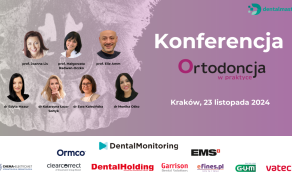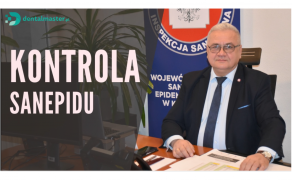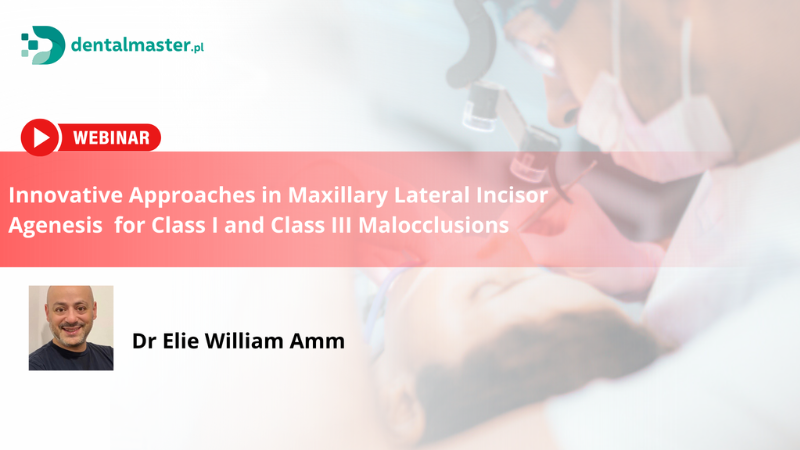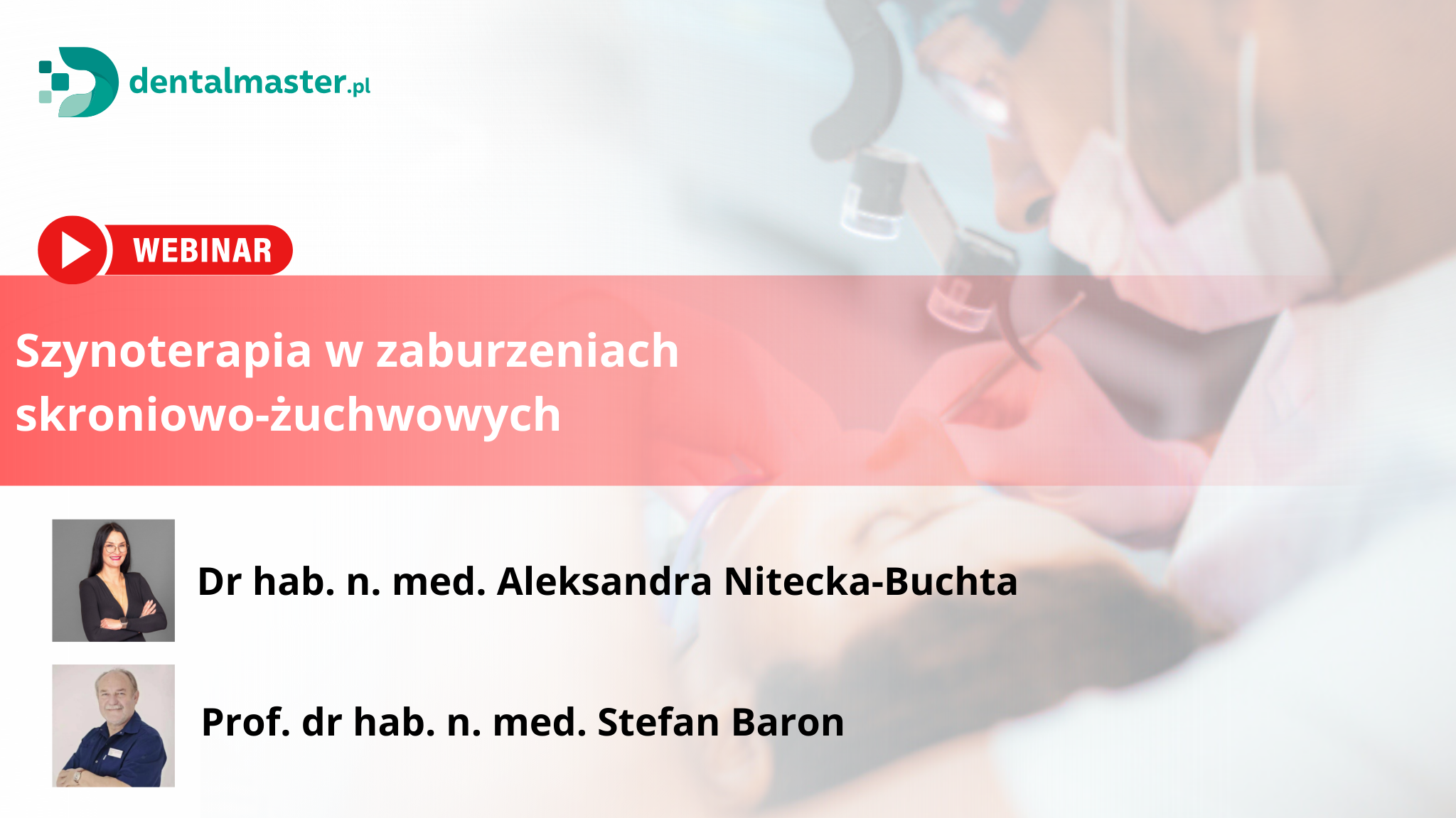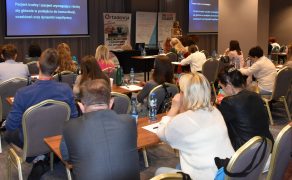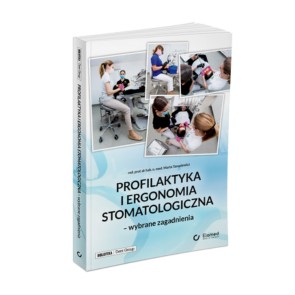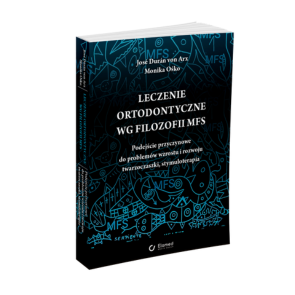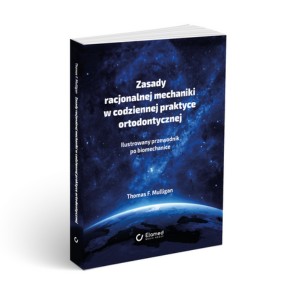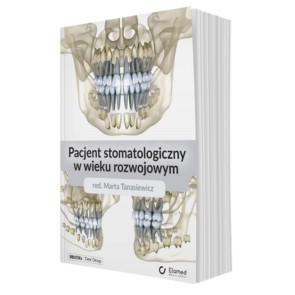Regeneracja miazgi i ozębnej – postępowanie w przypadku częściowego niepowodzenia leczenia rewaskularyzacyjnego
Pulpo-periodontal regeneration – management of partial failure revascularization
The treatment of necrotic immature permanent teeth comes up with some difficulties. Not only is the root canal system often hard to clean completely, but also the thin dentin walls increase the risk of a subsequent root fracture as well [1].
Historically, acceptable long-term results are obtained through apexification procedures using calcium hydroxide [1, 2].
However, because of the multiplicity of renewal sessions, the length of the procedure, and the alteration of the mechanical properties of the dentin, other treatment strategies are proposed using the Mineral Trioxide Aggregate (MTA) to generate an artificial apical barrier. In fact, it is an excellent predictable alternative to address these issues by creating a biocompatible apical plug in a single visit [3]. This procedure can manage the biological factor but without solving the problem of the root fragility.
Lately, regenerative endodontic procedures have been used to treat immature permanent teeth with infected or noninfected necrotic pulps, thus becoming an innovative conservative option and an alternative treatment of immature permanent teeth. Its primary goal is to eliminate clinical symptoms and resolution of apical periodontitis, while increasing the thickening of the canal walls and continued root development are secondary goals in those considerations [4].
This procedure uses the full potential of tissue regeneration through [...]

którzy są subskrybentami naszego portalu.
i ciesz się dostępem do bazy merytorycznej wiedzy!










